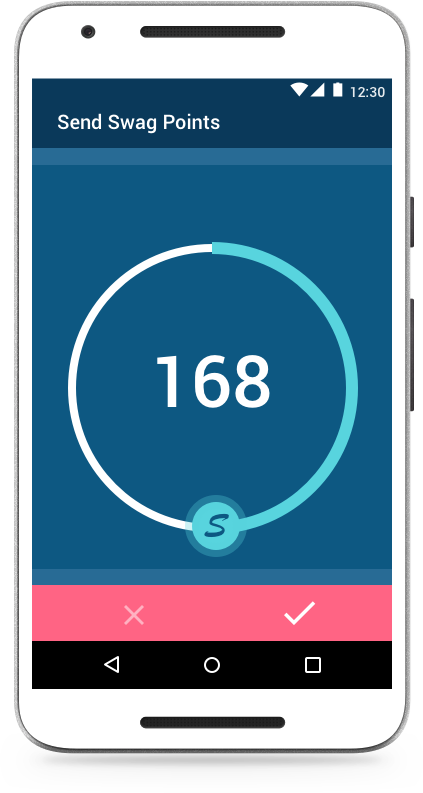Aspect Oriented Programming
AOP is both a complex and quite simple thing. There has been a lot of buzz around AOP but recently the buzz has faded. The question that people still ask is “what do I do with it”. Hopefully you will have an idea of what it is and create your own thoughts on how you could use it.
In this post I aim to describe what AOP actually is and how it works.

